The first Mystery Creature of the year…. can you name it?
If you want to know what it was, check out this post that reveals the answer
Science, Curiosity and Life
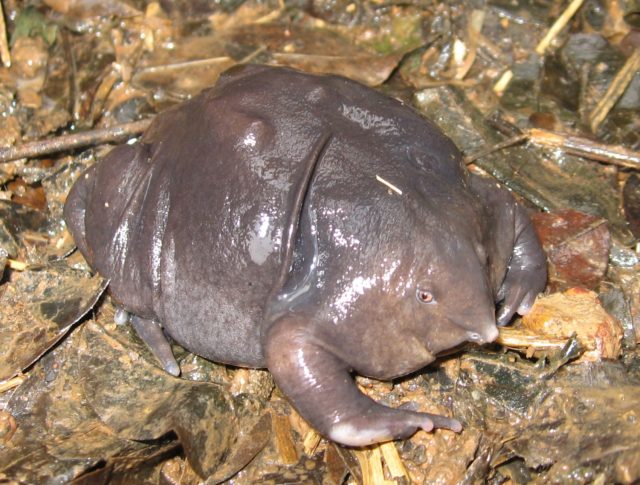
The first Mystery Creature of the year…. can you name it?
If you want to know what it was, check out this post that reveals the answer
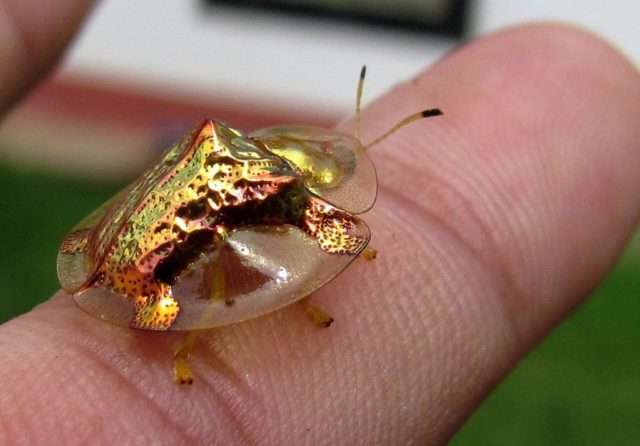
Another week, another mystery creature. This week we are moving out of the sea and back to land with a very shiny looking insect. Do you know what it is?

Remember if you don’t it can be fun to try and find out and you can ask for clues or ask a question if you want to. So start guessing and I’ll reveal all at the end of the week!
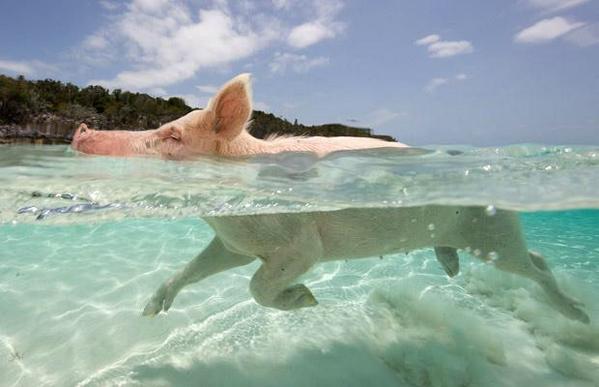
How did you do with this week’s Mystery Creature? A few people got it right… here is a clue…

That’s right it is a sea pig – no, not like the one above, more like this…
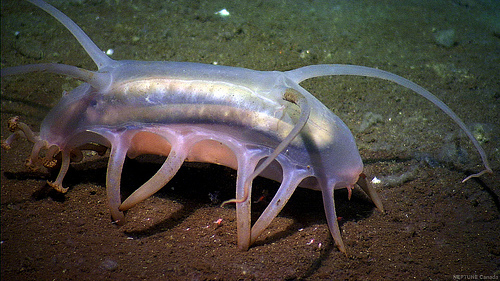
What a weird looking creature and here are some weird facts about the sea pig:
Sea pigs (Scotoplanes) are types of Sea Cucumbers.They live in the dark abyss of most oceans (between 1000 and 6000 metres deep). Many of the Mystery Creatures featured on this blog are at threat of extinction but the sea pig is not among them, in some ocean depths it is thought to make up 95% of the animal population.
Sea pigs can often be found in large groups (more than 100 animals), all moving along the ocean floor and facing in the same direction.
They move along on their many legs which are actually hydraulically inflated feet. There are up to seven pairs of these feet, usually one or two pairs are found on the upper body of the animal.
Like the land pig they like to root in the dirt to find their food but sea pigs eat organic deposits that have fallen to the sea floor. They have a ring of feeding tentacles around their mouth that feel for food.
Sea pigs have a minimalistic approach to body orifices. That tentacle encircled mouth is also the creatures anus! But that’s not all… the same orifice often serves as home to a small fish called a pearl fish… not exactly my idea of prime real estate, but then I’m not a pearl fish.
if that isn’t enough the sea pig will sometimes eviscerate through the same hole, it literally expels it’s intestines and other organs in one rapid movement. This may be for defence purposes or to purge the body of toxins before the organs are regenerated within the animal. Certainly the most extreme detox I ever heard of!
Certainly one of the weirdest Mystery Creature I think this blog has featured, what do you think?
My kids just loved this video and have (unfortunately) been quoting it all weekend, in their best Morgan Freeman accent. Take a look, it is quite funny…

Back to the sea for this week’s Mystery Creature, a walking lump of jelly to some. Cute or ugly, what do you think and can you name it?

If you know the answer do share, or if not it can be fun to try to find it out before I reveal all at the end of the week. Want a clue? Just ask in the comments below.
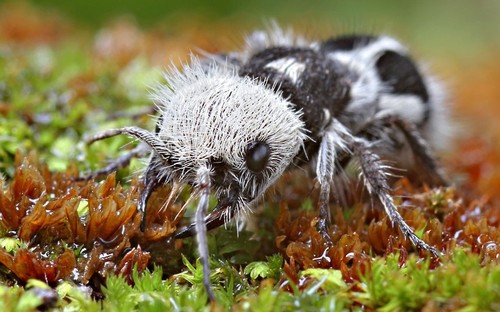
This week’s Mystery Creature was cracked in record time by Eco Evolution. It was the Panda ant, did you get it? Here are five facts about this interesting little insect…
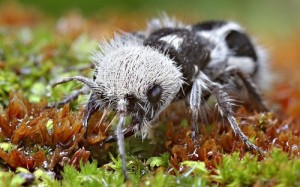
Five Panda Ant facts….
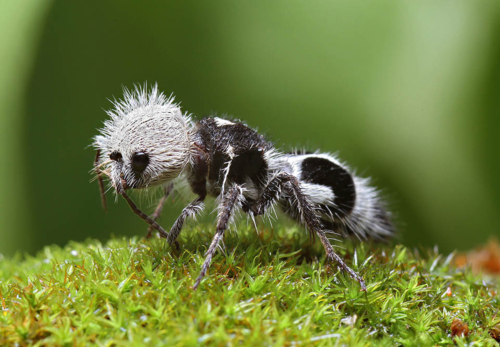
There were a few right answers for last week’s Mystery Creature, did you guess it? This week’s creature is a lot smaller and a land dweller this time.
This series is just a little fun to start off the week, I post a picture of an animal on a Monday and you can feel free to say what you think it is in the comments below. If you want some hints just ask or why not do a little gooling or research of you own to see if you can work it out?
At the end of the week I will reveal what the creature is, along with a little information or interesting facts about it.
Cute or ugly, what do you think and can you identify it?

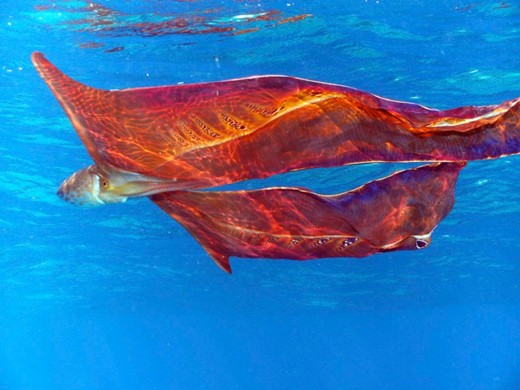
There were a few correct answers to this week’s Mystery Creature – but in case any of you are still waiting in anticipation it was the Blanket Octopus (Tremoctopus)
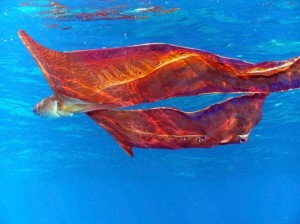
This creature is a real marvel of nature.. here are three reasons why…
1. As the name suggests the blanket octopus has a cape like web that extends down its longest arms. This cape can be spread out behind it as a dramatic deterrent to predators… it makes the animal look a lot bigger and more daunting.
2. That is not to say that the animal is not pretty daunting already. It is lucky in that it is immune to the poisonous sting of the Portuguese Man O’ War. Rather than just counting its blessings and moving on it turns this round to its full advantage and actively removes the stinging tentacles from the creature and carries them around with it, wielding them as weapons when threatened.
3. The female of the species can grow to an impressive two metres in length, but the male… well, he comes in at little more than two centimetres in length making the species one of the most sexually dimorphic in the animal kingdom.
Check back tomorrow for a new Mystery Creature to keep you guessing!

I have been asked a few times lately if I am going to recommence the Mystery Creature series on the blog…. so here it is. The idea behind this little series is that I post a new Mystery Creature at the start of each week and at the end of the week I will update the post to say what the creature was, along with a little information about it.
If you know what the Mystery Creature is then share in the comments below. It is all in the interest of learning and a bit of fun so feel free to ask questions, guess or even do some googling or research to find out the answer yourself.
Here is the Mystery Creature for this week… do you know what it is?

Update: Want to know what the creature is? Check out the end of week “reveal” to find out.
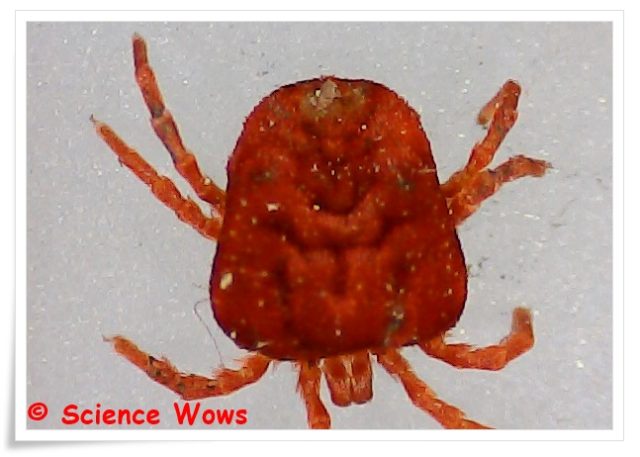
Week 8th to 14th July 2013
Week 1st to 7th July 2013
There were quite a few correct answers for this week’s Mystery Creature!
 |
| photo credit: Emily G. Round via photopin |
It was a Harp Sponge (Chondrocladia lyra)! This deep sea sponge was only recently discovered (2012) off the coast of California . It anchors itself to the sea bed (at depths of 3,300 – 3,500 metres) with a root like structure called a rhizoid. The “harp” like structures called vanes, consist of horizontal extensions (stolons) containing a series of equidistant vertical branches. The sponge can consist of one to six vanes. Each vertical branch is covered in velcro like hooks that ensnares the sponges prey. These carnivorous creatures feed on a range of small crustaceans, engulfing the captured prey in a thin membrane that slowly digests it, breaking it down to a size that can be consumed by the sponge.